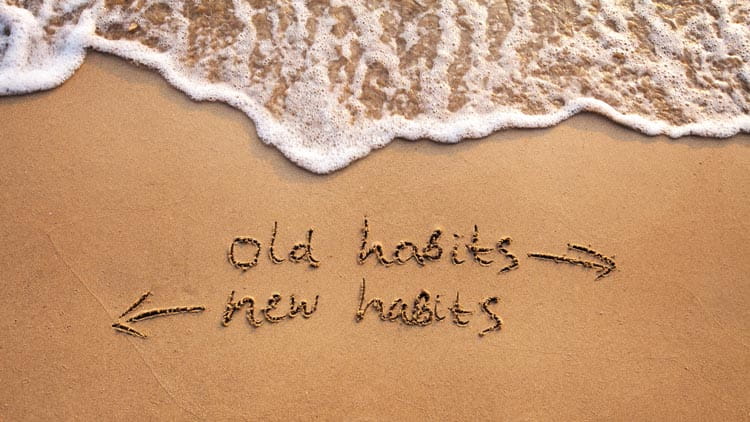Education & Career Trends: November 12, 2024
Curated by the Knowledge Team of ICS Career GPS

- Article by Arash Emamzadeh, published in Psychology Today.
Habits form through repeated associations between specific cues and responses, such as the link between your study desk and the act of studying, or the connection between boredom and snacking. While habits help automate routine actions like cooking familiar meals, commuting, or going to the gym, they can also encompass less desirable behaviours, like mouth breathing, overeating, or spending too much time sitting.
As many know, forming healthy habits and breaking unwanted ones is often challenging.
Science-Backed Habit Change Strategies
According to recent research by W. Wood, published in the August 2024 issue of Current Directions in Psychological Science, there are effective, science-based methods for habit formation and change.
Traditional habit-change methods assume that altering behaviour relies primarily on reshaping beliefs or setting goals. While this approach can work, it’s often limited to situations where motivation and energy are high. These strategies falter during times of fatigue, stress, or distraction.
Habit Reversal Training
One promising approach is habit reversal training, a behavioural technique that successfully reduces habits like nail-biting, thumb-sucking, and similar behaviours. This approach involves:
- Awareness: Recognising when and where the habit occurs.
- Competing Response: Engaging in a replacement behaviour incompatible with the habit.
- Relaxation Training: Using relaxation techniques to ease tension.
- Reinforcement: Rewarding the competing behaviour to encourage it.
For instance, if you’re trying to quit nail-biting, you might try alternative behaviours like clicking a pen or squeezing a stress ball until you find one that works.
Leveraging a New Reward System
When old rewards lose their appeal, the opportunity to develop new, healthier habits emerges. The key is choosing a reward that is both consistent and immediate following the new behaviour. For example, if you dislike doing household chores, you could reward yourself afterwards by watching a favourite show or playing a game. Repeating this process can make the association between chores and enjoyment stronger, reinforcing the new habit.
Modifying Context Cues
Changes in environment or context—like moving to a new neighbourhood or rearranging a room—can disrupt old habits and open up opportunities for new ones. Small changes, such as moving away from fast-food places, can support healthier eating, for example.
Adjusting Friction Levels
Altering the “friction” of an activity—how difficult or time-consuming it is—can encourage or discourage certain habits. Adding friction to undesirable behaviours, like placing snacks out of reach, and reducing friction for healthier options, like having fruits readily available, can guide you toward better choices.
Takeaway
Although we like to think we operate with intention, much of our behaviour is habitual. Many habits have become automatic, which makes breaking them difficult. However, effective, science-based strategies, such as altering rewards, changing context cues, and adjusting friction, can support positive changes.
…
Have you checked out yesterday’s blog yet?
The Architecture of Right and Wrong
(Disclaimer: The opinions expressed in the article mentioned above are those of the author(s). They do not purport to reflect the opinions or views of ICS Career GPS or its staff.)
Like this post? For more such helpful articles, click on the button below and subscribe FREE to our blog.



